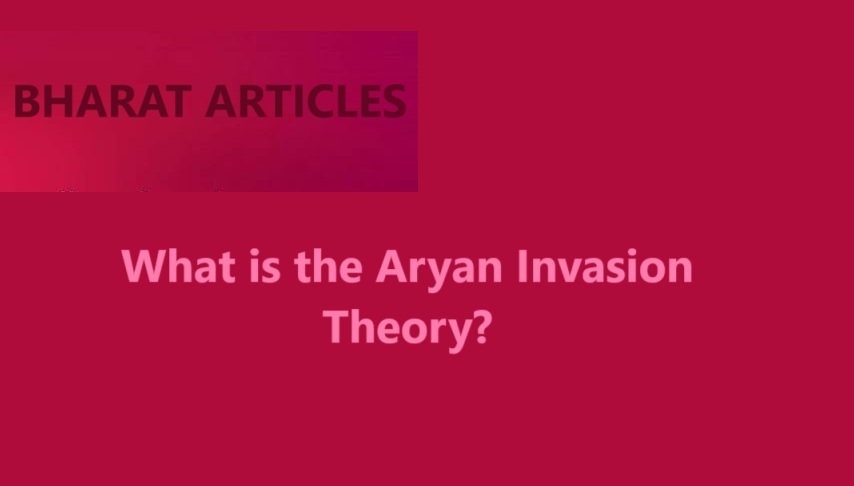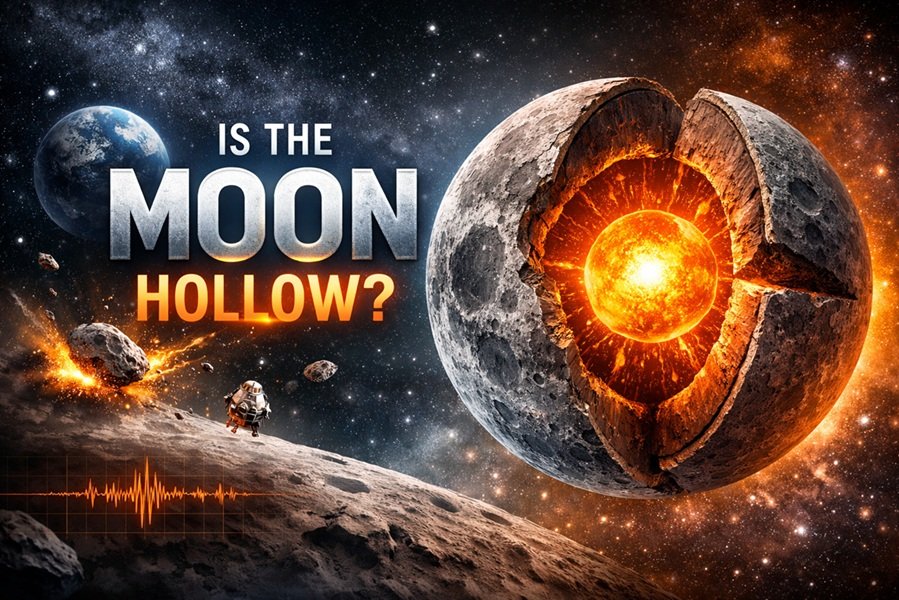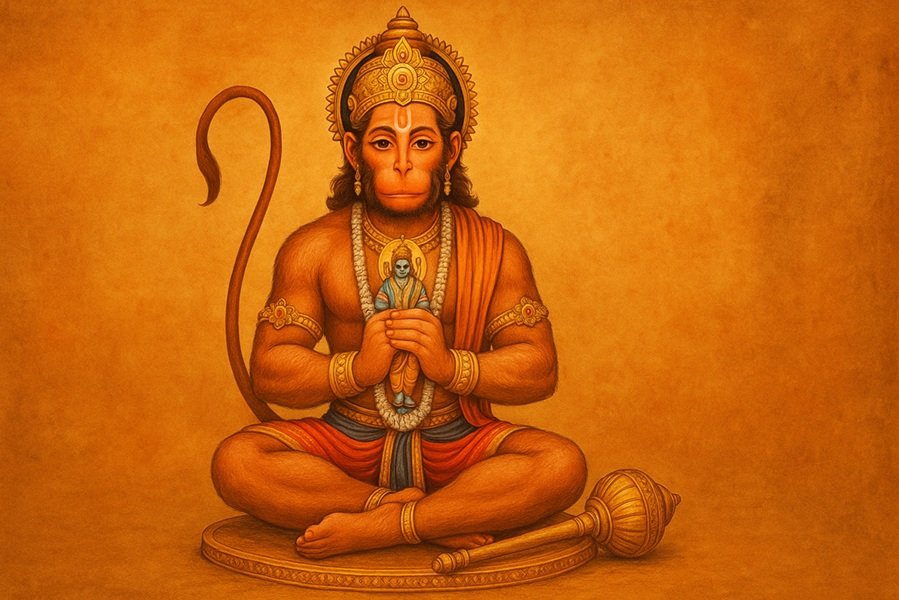
The Aryan Invasion Theory suggests that around 1500 BCE, a group of Indo-European-speaking nomads, referred to as “Aryans,” invaded or migrated into the Indian subcontinent from Central Asia or the Eurasian Steppe. According to the theory, these groups:
- Overthrew the Indus Valley Civilization (Harappan Civilization).
- Introduced the Vedic culture and Sanskrit language to the Indian subcontinent.
This theory gained prominence in the 19th century, largely proposed by British colonial historians like Max Müller, based on linguistic, literary, and archaeological interpretations.
Debates and Counterarguments
In recent decades, the Aryan Invasion Theory has faced significant scrutiny, leading to the development of alternative models like the Aryan Migration Theory (AMT) and the Out of India Theory (OIT). Here’s an overview of the major debates:
Arguments Supporting AIT or AMT
1. Linguistic Evidence
- Indo-European Language Family: Sanskrit, the language of the Vedas, is closely related to other Indo-European languages like Greek, Latin, and Persian. The similarity in vocabulary, grammar, and syntax points to a common origin in the Proto-Indo-European (PIE) language, believed to have originated in the Steppe region.
- Shared Roots Across Cultures: Words for essential terms like family members, animals, and agriculture in Sanskrit share roots with other Indo-European languages, suggesting a diffusion of language and culture from a common ancestral group.
2. Genetic Evidence
- Steppe Ancestry in Indians: Genetic studies show that a significant component of the Indian gene pool, particularly in upper-caste groups and the northern population, comes from the Steppe region. This migration occurred around 2000–1500 BCE, consistent with the timeline of the Aryan migration.
- Y-DNA Haplogroup R1a1: The high frequency of the R1a1 haplogroup in both Indian and Central Asian populations is often cited as genetic evidence of migration or shared ancestry.
3. Archaeological Findings
- Cultural Discontinuity: There is evidence of disruption in the Indus Valley Civilization around 1900 BCE, such as abandoned cities and changes in material culture. Proponents of AIT argue that the incoming Aryans might have contributed to this transformation, even if indirectly.
- Introduction of Horses: The Rigveda contains extensive references to horses and chariots, which were not prominent in the archaeological record of the Indus Valley Civilization but appear later. This suggests the introduction of horse culture by Aryans.
4. Vedic Textual Evidence
- Descriptions of Conflict: The Rigveda describes conflicts between the Aryans and “Dasas” or “Dasyus,” often interpreted as indigenous people. These references to battles, fortresses (pur), and conquest align with the idea of an invasion or migration by Aryan groups.
- Geographical References: The Rigveda focuses on regions like the Punjab and Saraswati River, suggesting that the Aryans arrived and settled in these areas after migrating from the northwest.
5. Spread of Indo-European Culture
- The Aryan migration explains the spread of Indo-European cultural and linguistic traits across Europe, Central Asia, and India. Similar myths, rituals, and deities are found in Indo-European cultures, suggesting a shared origin.
6. Decline of the Indus Valley Civilization
- Population Replacement Hypothesis: The decline of the Indus Valley Civilization coincides with the proposed arrival of Aryans, leading some to argue that an invasion or migration disrupted the existing social and economic structures.
- Change in Burial Practices: Post-Indus burial practices show significant differences, including cremation, which aligns with Vedic traditions and suggests a cultural shift.
7. Introduction of Iron Technology
- The use of iron tools and weapons in India increased after 1500 BCE, aligning with the arrival of Aryans who may have brought this technology from Central Asia or the Steppe.
8. Mythological Parallels
- Similar Myths Across Cultures: Stories from the Vedas share similarities with myths in Greek, Persian, and other Indo-European traditions. For example:
- The Vedic deity Indra slaying the serpent Vritra resembles the Greek myth of Zeus defeating Typhon.
- Such parallels support the idea of a shared Indo-European cultural origin.
9. Historical References
- Foreign Accounts: Ancient Greek and Persian texts, such as those by Herodotus, describe migrations from Central Asia into South Asia, lending some historical weight to the idea of movement from the Steppe into India.
10. Comparative Analysis of Religious Practices
- Vedic religion shares traits with other Indo-European religious systems, such as sacrificial rituals, fire worship, and the concept of cosmic order (Rta in Sanskrit and Rta in Zoroastrianism). This indicates a common cultural ancestry that aligns with the AIT framework.
11. Absence of Horses in the Indus Valley
- Horses, a central feature of Vedic culture, were absent or rare in the Indus Valley Civilization but became prominent in post-Harappan cultures. This supports the theory that the Aryans introduced horses and related practices.
12. Comparative Analysis with Other Indo-European Migrations
- The migration of Indo-European-speaking groups into Europe, Anatolia, and Iran during the Bronze Age is well-documented. The Aryan migration into India fits into this broader pattern of movement.
Arguments Against AIT
1. Misinterpretation of Vedic Texts
- The Rigveda, often cited to support AIT, describes migrations and conflicts, but these can also be understood as internal movements and skirmishes among indigenous groups, not necessarily an external invasion.
- Terms like “Dasa” and “Dasyu” are often interpreted as referring to non-Aryan indigenous people. However, these words also have connotations of religious or cultural differences rather than racial or ethnic ones.
2. Environmental and Ecological Continuity
- The gradual drying of the Saraswati River (mentioned extensively in Vedic texts) is believed to have influenced the decline of the Indus Valley Civilization. This suggests environmental factors, rather than external invasion, were responsible for the transition.
- Many archaeological sites along the Saraswati show a seamless cultural evolution, further challenging the idea of a disruptive invasion.
3. No Evidence of Mass Migration in Archaeological Record
- Archaeological studies do not show evidence of a large-scale migration or displacement of populations during the proposed period (around 1500 BCE).
- Burial practices, pottery styles, and urban planning show continuity rather than abrupt changes, indicating that the Indus Valley Civilization evolved into later cultures like the Vedic culture.
4. Indigenous Development of Sanskrit
- Sanskrit, often linked to Indo-European languages from the Steppe, shows strong indigenous characteristics. Scholars argue that its grammar, structure, and vocabulary were deeply influenced by local languages like Dravidian and Munda, suggesting long-term co-evolution rather than sudden introduction.
5. Diverse Cultural Fusion
- The diversity in Indian culture, including shared rituals, agricultural techniques, and religious practices, indicates a long history of cultural synthesis. This diversity challenges the binary division of Aryan and Dravidian cultures promoted by AIT.
6. Misuse of Colonial Narratives
- AIT was propagated during the British colonial period to justify their rule by portraying Indians as a population that had historically been subjugated by foreign invaders.
- The division between “Aryans” and “Dravidians” was artificially emphasized to create social and political divisions, undermining India’s historical unity.
7. Influence of Trade Networks
- Interaction with Central Asia and the Steppe regions could have been the result of trade and cultural exchange rather than invasions or migrations.
- Artifacts like seals and weights from the Indus Valley Civilization have been found in Mesopotamia and Central Asia, indicating extensive trade networks, which could explain shared linguistic and cultural elements.
8. Genetic and Anthropological Evidence Revisited
- While some studies point to Steppe ancestry, others highlight that the majority of Indian genetic components predate the proposed Aryan migration period by tens of thousands of years.
- Anthropological studies show little evidence of a population replacement, as there is a significant genetic continuity between ancient Harappans and modern Indians.
9. Linguistic Evolution in a Local Context
- The spread of Indo-European languages could have occurred from within the subcontinent itself, as argued by proponents of the Out of India Theory (OIT).
- Sanskrit and other Indo-European languages may have originated through gradual diffusion and mutual influence, rather than being “brought” by invaders or migrants.
10. Advanced Urbanism of Indus Valley
- The Harappan Civilization was one of the most advanced urban societies of its time, with sophisticated drainage systems, standardized weights, and large cities like Mohenjo-daro and Harappa.
- It is unlikely that such an advanced civilization would have been easily overrun by nomadic groups, as proposed in the invasion narrative.
11. Disconnection Between Harappan Decline and AIT Timeline
- The Indus Valley Civilization began to decline around 1900 BCE, several centuries before the proposed Aryan migration/invasion period (1500 BCE).
- This discrepancy suggests that internal socio-economic and environmental factors, not an external invasion, caused the decline.
12. Continuity in Religious Practices
- Many elements of the Vedic religion, such as fire worship (yajnas) and certain symbols (e.g., swastika), are also found in the Harappan culture.
- This continuity suggests that the Vedic culture evolved from the Harappan Civilization rather than being imposed by external groups.
Current Consensus
The historical community has largely moved away from the term “Aryan Invasion Theory” in favor of the Aryan Migration Theory (AMT) or other nuanced models. These theories suggest:
- A gradual migration or cultural exchange between Central Asia and the Indian subcontinent over centuries.
- Influence of Indo-European languages and cultural elements on the subcontinent without large-scale invasions.
However, the Out of India Theory (OIT)—which posits that Indo-European languages spread out from India—is also supported by some scholars, though it remains less mainstream.
Conclusion: True or False?
The Aryan Invasion Theory, in its traditional form (a violent invasion leading to the destruction of the Indus Valley Civilization), is largely considered false based on current evidence. However, the idea of Aryan migrations (a more gradual and complex interaction) is supported by linguistic and genetic studies, albeit with significant debate and reinterpretation.
The topic remains contested, with no single theory universally accepted. Researchers continue to study linguistic, archaeological, and genetic data to better understand the origins and cultural evolution of ancient India.






